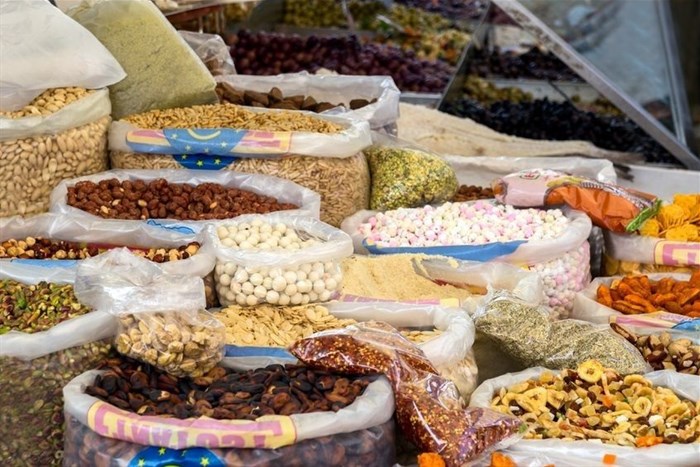African governments must effectively implement trade agreements

Although the point of Professor Lumumba is valid and exposes lack of processing capacity, there are countries such as South Africa, Mauritius and Kenya, amongst others that have a fair amount of capacity. The main problem is that trade of some of those inputs does not end up on the continent due to infrastructure challenges and some trade impediments.
In a way, it seems that the continent is already attempting to address this challenge by increasing intra-Africa trade. Case in point is the recently signed Africa Continental Free Trade Agreement (AfCFTA) in Rwanda which seeks improve intra-Africa trade beyond the current rate of 20%. So, the plan to address Professor Lumumba’s criticism is underway, but we doubt if it is adequate.
One of the main problems on the African continent is the implementation of grand plans like AfCFTA. A most recent example of such grand plans is the Tripartite Free Trade Agreement (TFTA) including 26 countries from eastern, southern and few northern African regions which were launched at the African Union Summit that was held in June of 2015 in Egypt. This agreement has similar objectives of freeing trade amongst its members, but a lot more complex, bigger and cumbersome considering that AfCFTA has almost twice the number of countries.
Products still face higher tarrifs
Disappointingly, there has been limited movements in terms of implementations of the TFTA more than two years down the line. Products from the African countries still face higher tariffs and other forms of trade barriers – which again minimises intra-Africa trade. An example is South African apples which still faces a tariff of about 20% in Egypt (coincidentally, the very same place that hosted the launch of the TFTA), but zero in the European Union.
This is not only limited to South Africa but other African countries as well. Egypt has been participating in the Common Market for Eastern and Southern Africa (COMESA) free trade agreement since the year 2000, yet it still imposes up to 18% tariffs on the apples from fellow members. This is against the spirit of intra-Africa trade, and thus encourages African apple producers to look outside the continent for export market – a point that Professor Lumumba lamented on.
The aforementioned example also applies to other products and countries. To address this, African governments need to show the political will to effectively implement the trade agreements. Strong leadership needs to be exercised particularly by the influential and leading economies, such as South Africa and Nigeria.
Implementing strategies are cruicial
In the same week of the Mandela centenary lecture, we saw heads of state of South Africa and Nigeria encouraging each other to sign the AfCFTA. While that gesture is commendable, the two should not end with the signing but rather show even stronger enthusiasm towards implementation.
This will start with both countries reducing tariffs in accordance with the agreements they signed, and further encouraging other countries to do the same. This can extend to reducing border delays, and other bureaucratic requirements. If these steps are addressed, there could be a positive boost to intra-Africa trade. In the long term, these countries would also take a lead in addressing infrastructure impediments, building human capacity and thus improving overall services and trade for individuals, as well as the whole continent.
Read the original article on Agricultural Economics Today.
About Mmatlou Kalab and Wandile Sihlobo
Dr Mmatlou Kalaba is a Trade Economist with the University of Pretoria and the Bureau for Food and Agricultural Policy.Wandile Sihlobo is an agricultural economist with the Agricultural Business Chamber of South Africa.























